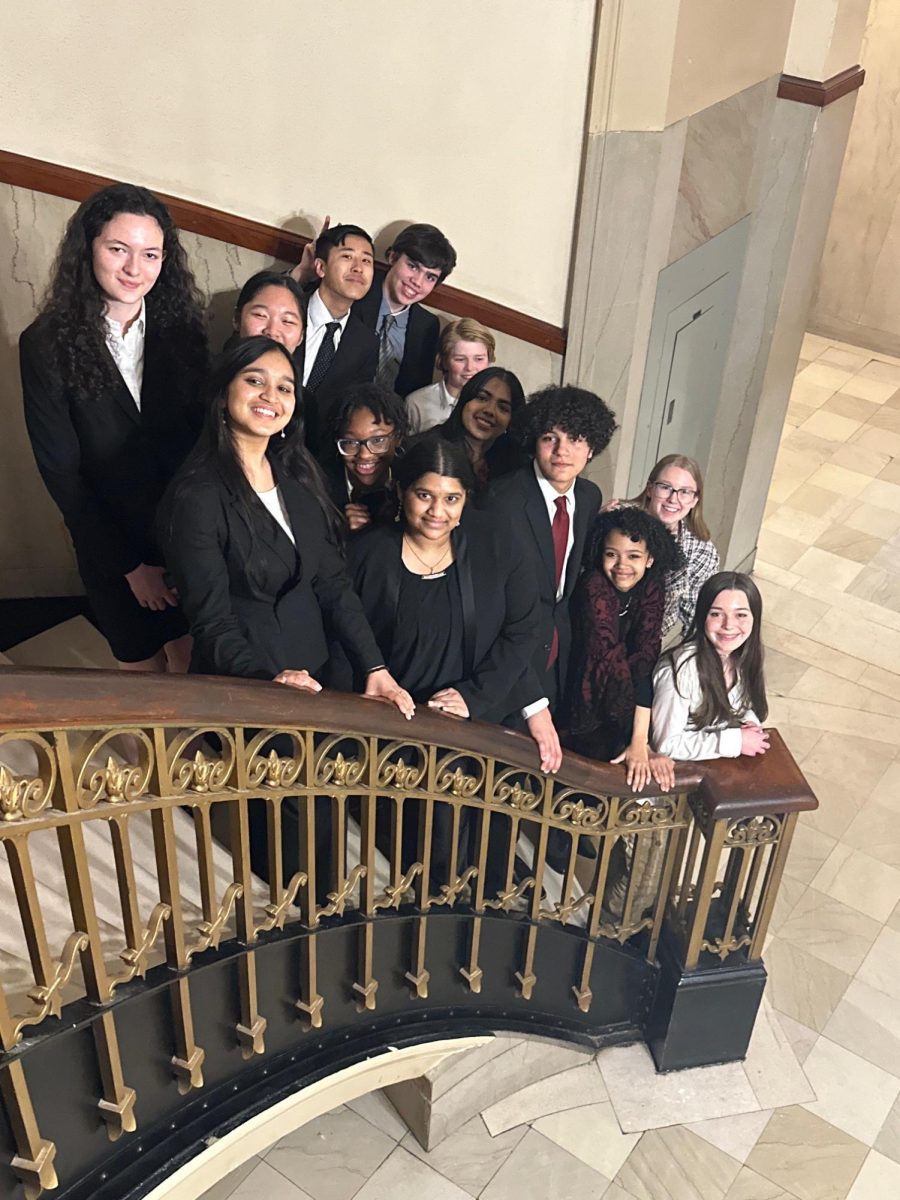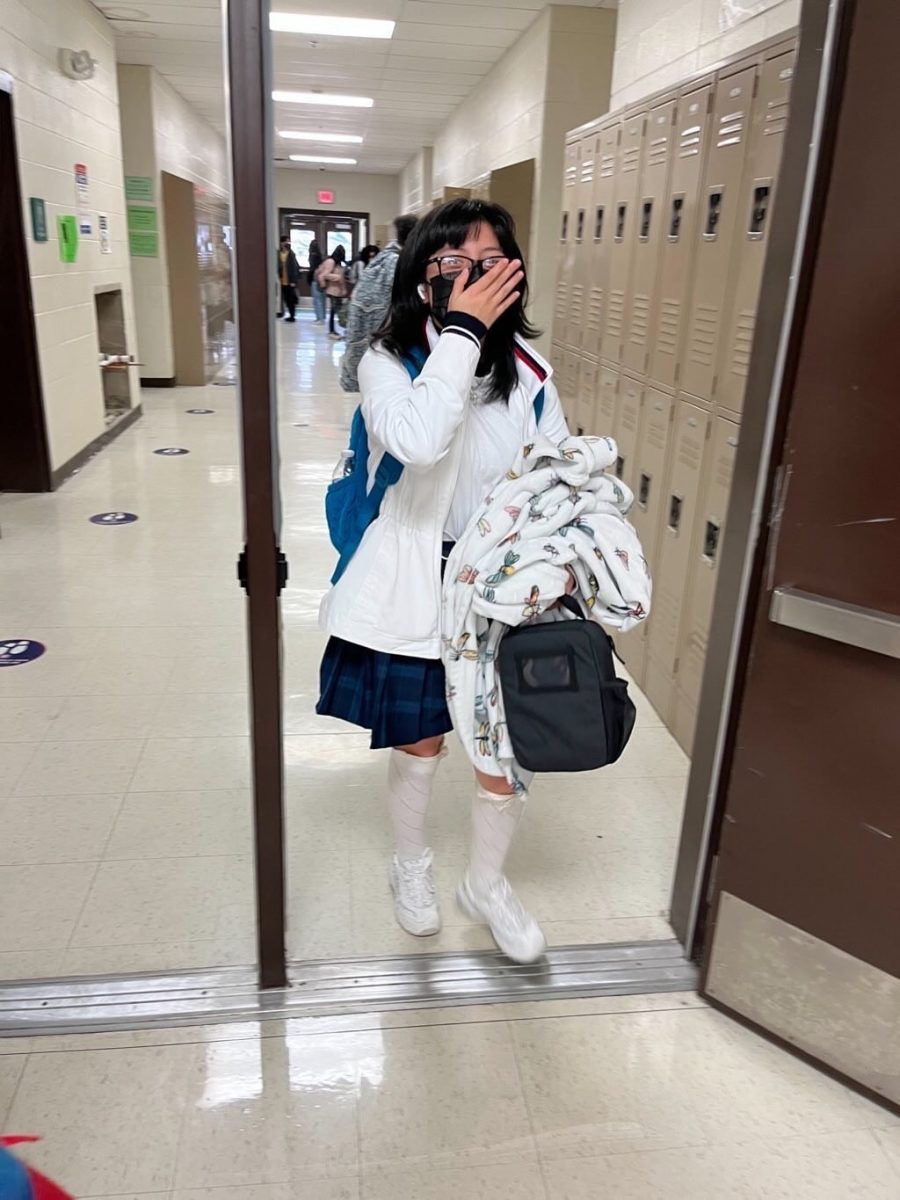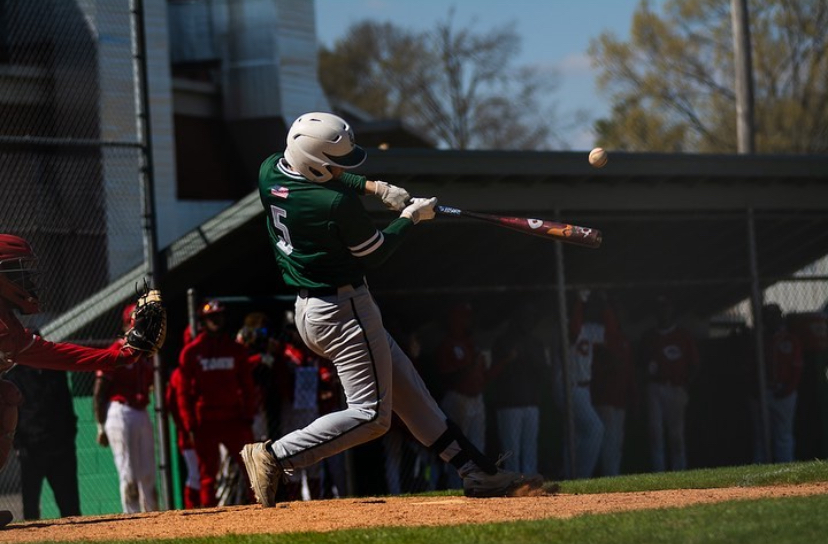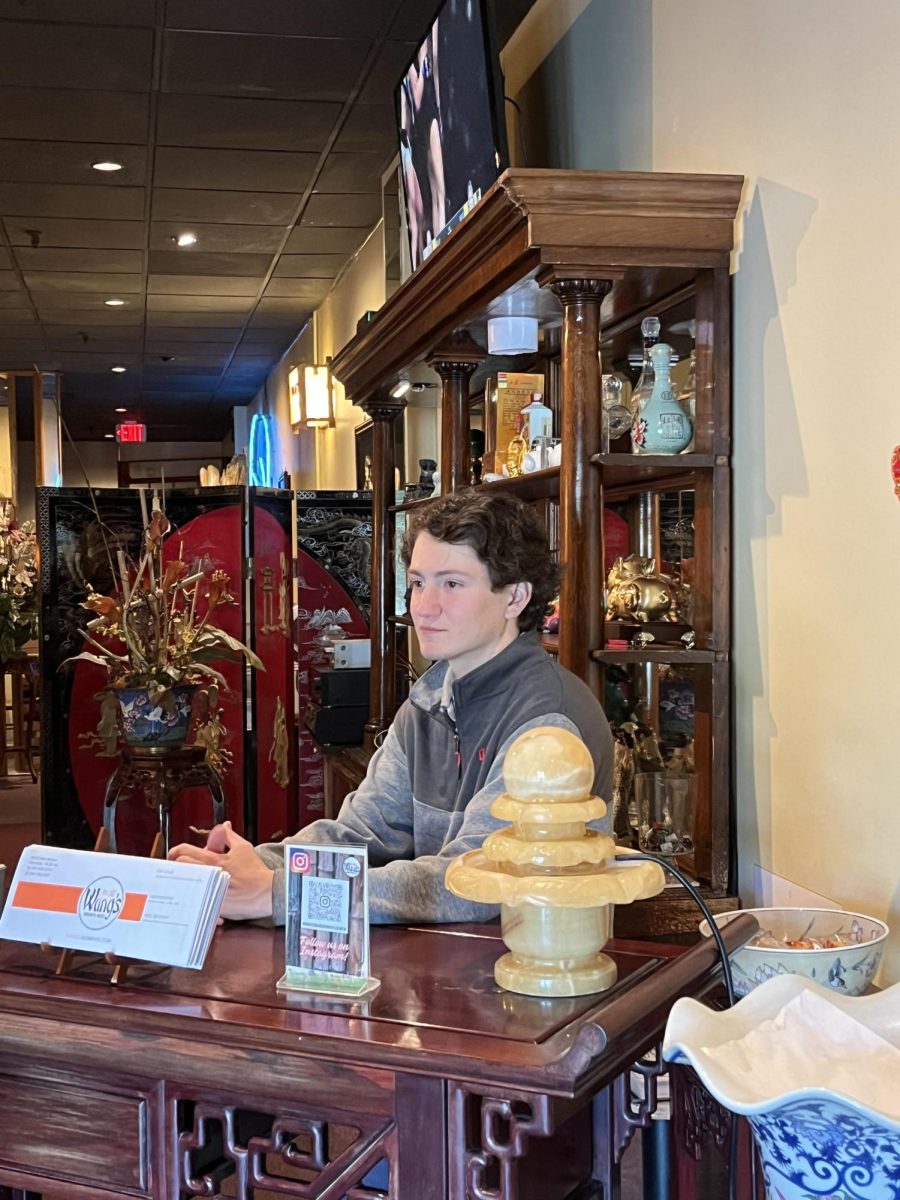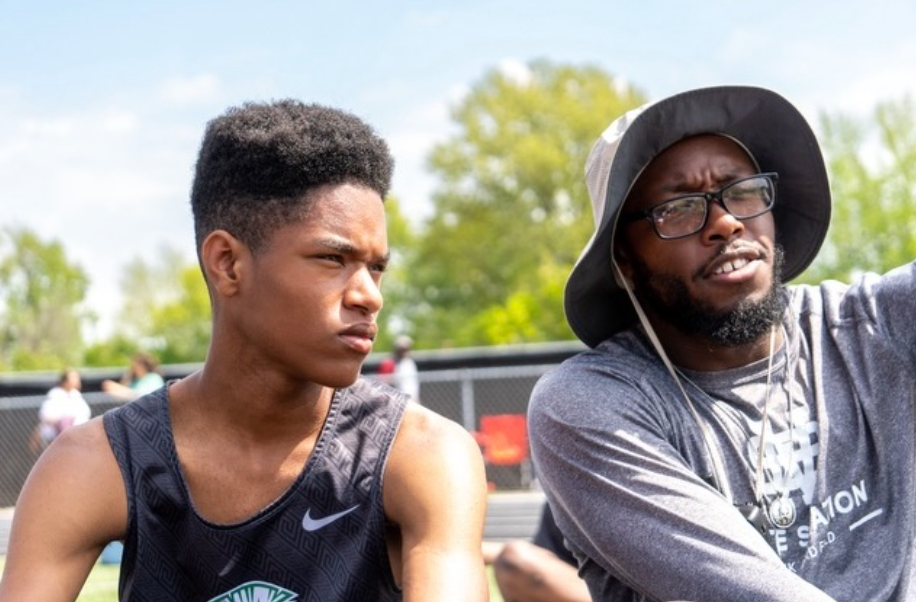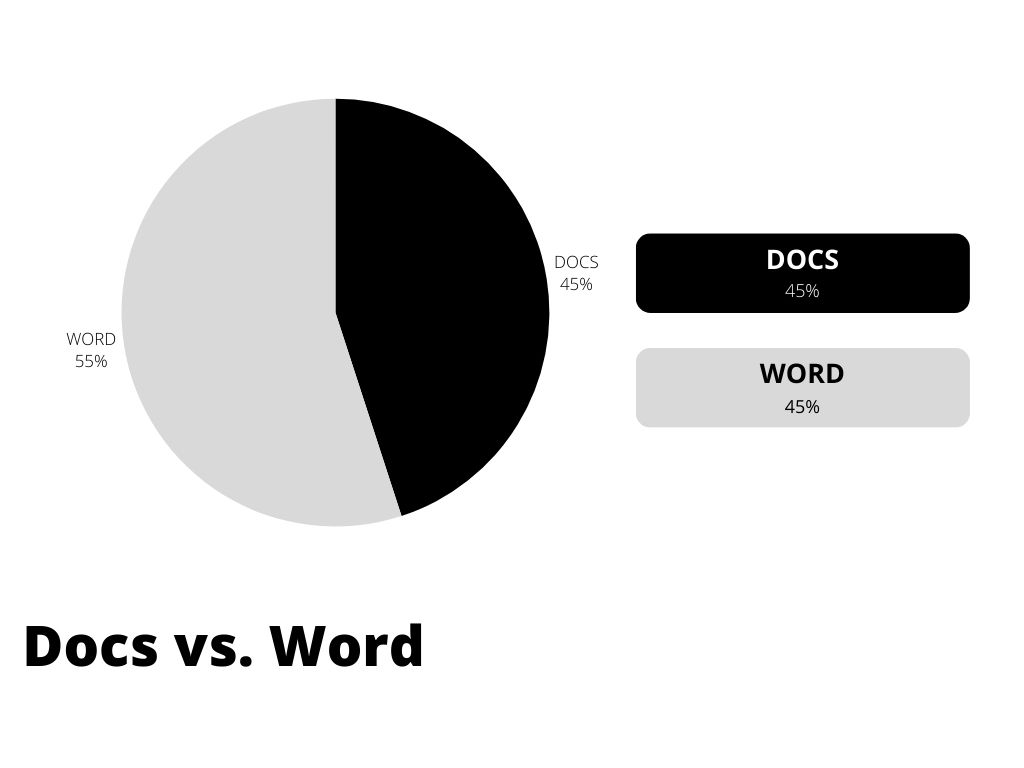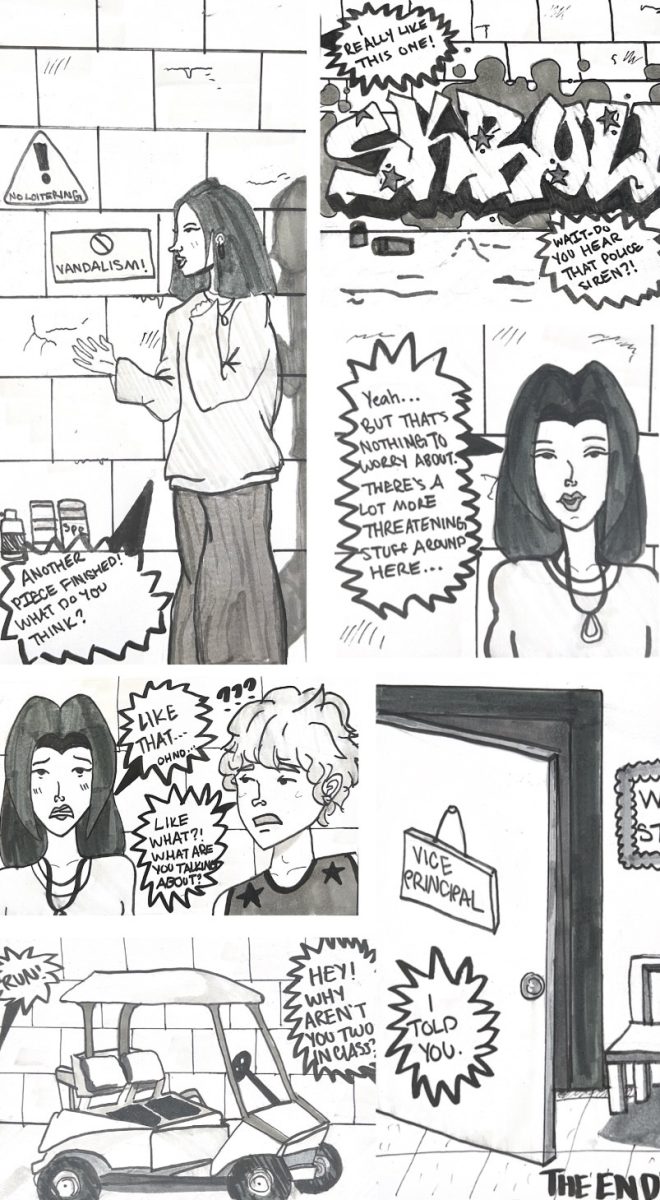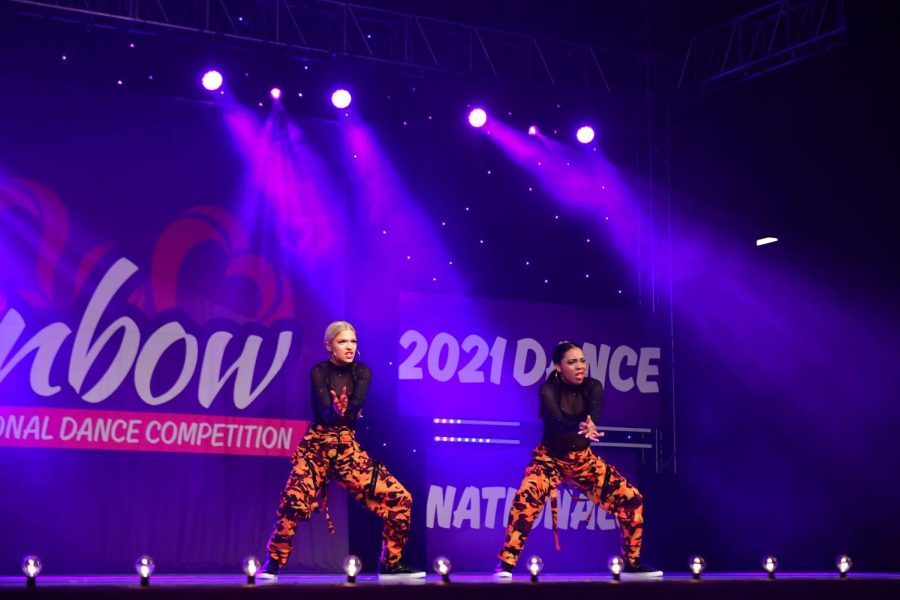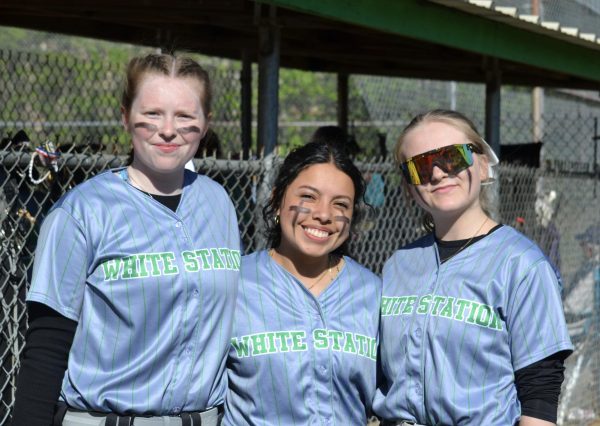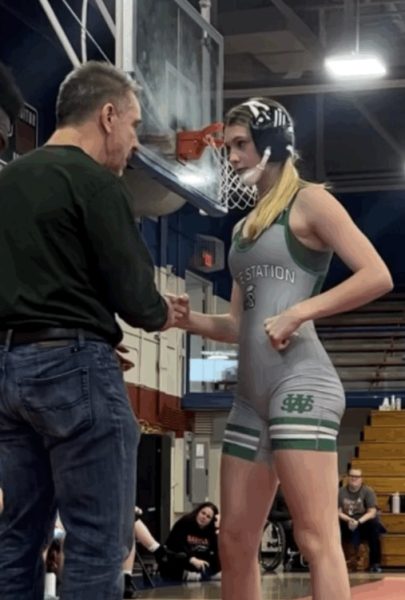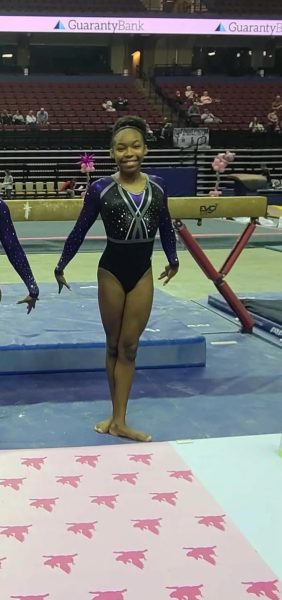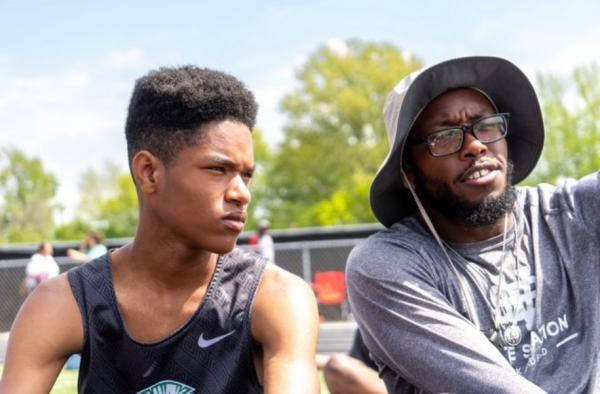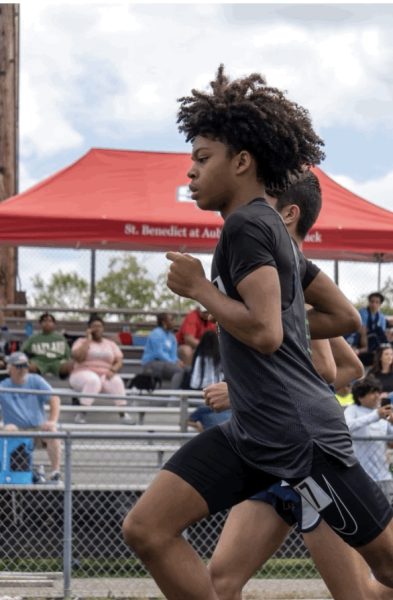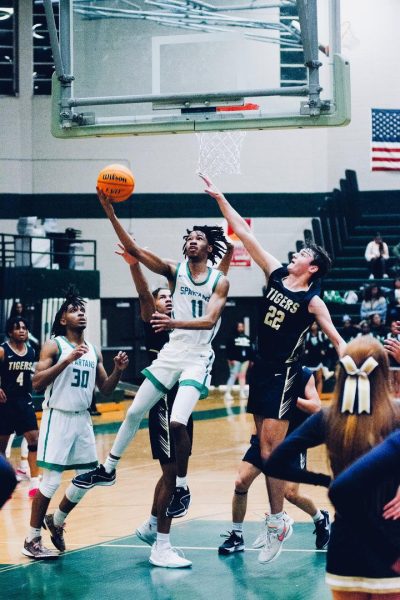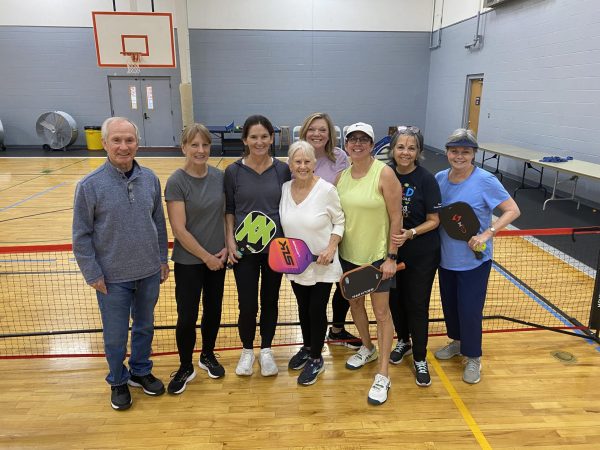Milman climbs from cheer to national competitive dance stage
Sarina Milman (12) and her teammate Lea Walker (10) perform at the 2021 Rainbow National Dance Competition. Milman and Walker energetically maneuver their bodies to show the audience the hip-hop routine they have been perfecting for months.
In March 2020, Sarina Milman (12) ended a long-term relationship with what once was the love of her life and began the pursuit of something new, something that inspires her to exert her mind and body for countless hours a week. After dedicating the majority of her adolescence to cheer, Milman decided she needed a change and made the fateful decision to begin dance classes at Visions Academy of Performing Arts.
Because she has been doing school affiliated sideline cheer and competitive cheer since elementary school, Milman was initially reluctant to give up the sport and experience life without a strong community and athletic endeavor. However, as that lifestyle exhausted her, Milman realized she needed a change, and with inspiration from loved ones and coaches, she was able to dedicate herself to dancing while still experiencing the cheerleading senior season she dreamed of.
“Two days before quarantine [started], I told the [cheer] coach that I quit,” Milman said. “When that ended, my mom suggested dance because I’ve always loved to perform. I couldn’t imagine not having a senior night and being on the sidelines, and realistically, I have dance everyday — so it’s not like I could make the commitment of going to practice all the time. But [Coach Snell] let me go to the Friday night games. I would go straight from dance practice that ended [at 6 p.m.] to the field on Friday nights.”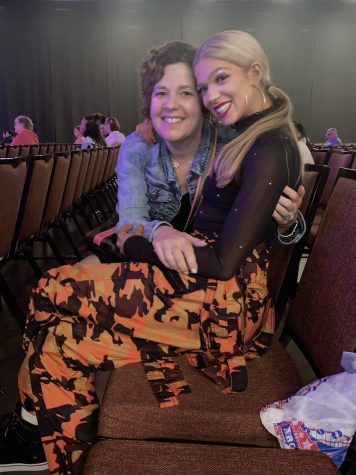
Growing up as an athletic performer, Milman expected many of her previous skills to translate seamlessly from cheer to dance. On the contrary, she noted the only skills that truly made the switch to dance easier were performance experience and endurance from cheer conditioning; otherwise, the technical and stylistic skills used in cheer and dance are completely different.
“When I first started [dancing], I thought it would be a smooth transition,” Milman said. “But the thing about dance, everything is a lot more graceful and smooth while cheer is very hard-hitting, and exact. So it’s a lot different than I thought.”
Milman attends Visions Academy of Performing Arts, a local studio that eagerly develops advanced and novice dancers of all ages and focuses on perfecting athleticism and skillfulness rather than achieving strict, competitive goals.
“At my studio, competition isn’t the biggest thing. We obviously like to win, but most of the week we work on technique and conditioning and stuff that will make us better dancers,” Milman said. “And it’s more about your personal growth. Hip-hop is my favorite, but my solo this year is contemporary, and just getting my friends’ reaction to watching it is everything.”
At Visions, students rotate between different dance styles and conditioning or skill workshops throughout daily practices. While some days consist of ballet and contemporary, others may focus on hip-hop and techniques, so dancers learn to adjust to different styles of dancing and identify strengths and weaknesses. This method is time consuming, and practices can range from three to five hours depending on the day, leading to a potentially exhaustive schedule for student dancers.
“I do all my work at school,” Milman said. “You can ask anyone. I always have my laptop out, and I have a to-do list on my phone, and I’ll write out all my assignments for the week, and I’ll [say] ‘Monday you have to get this done, Tuesday you have to get this done and I’m so strict with it.”
Though handling all assignments during the seven hours of a school day can appear overwhelming, Milman is unphased by the adaptations she has made to her lifestyle in order to dedicate herself to dance.
“[I don’t worry about] the time commitment because it’s what I love,” Milman said. “I’ve always loved to perform. Dance is really my happy place. I love being at the studio and I love dancing, so it wasn’t really a big deal. I will always find time to dance. If I’m having a bad day, I’ll go to the studio and dance my solo or run routines.”
Despite dance being an utopia for natural performers, it still comes with its own set of obstacles that are especially prominent for Milman, who began dancing relatively latein an environment where most start when they are 3 or 4 years old.
“[I face challenges] everyday,” Milman said. “It’s hard when you’re dancing with someone who’s been doing it since they were 2 years old, and you have to compare yourselves in the mirrors every day for four hours. It can get hard sometimes, but it’s really taught me that there’s no point in comparing. I need to focus on my personal growth; I’ll look in the mirror sometimes and see something I couldn’t do two months ago.”
After dedicating countless hours of physical endurance and mental stamina into nurturing a routine, solos and group dances alike come together seemingly refined and effortless. While this is the goal, it can be frustrating for Milman, an athlete who hears the common misconception that dance does not require skills, physicality or hard work to perfect.
“I’m an athlete,” Milman said. “I know I can’t pitch a baseball. I know baseball players can’t do a triple pirouette. It’s the same thing. My skills, I know I worked for them, and I know you worked for yours. I’m an athlete; I put in the work. I understand why other people don’t see it, but it’s kind of annoying sometimes when people can’t see how hard it is, especially because it’s our job to make it look so easy and graceful.”
To conquer these daunting challenges, Milman’s loved ones and peers provide an extremely supportive system that makes the dedication easier.
“My mom knew I needed something to replace cheer,” Milman said. “She calls herself my ‘momager,’ and when we were trying to figure out what team I wanted to dance at for college, she was the one searching through and looking at all the programs and stuff like that.”
With the help of her “momager,” Milman decided that she wanted to pursue her dance career at Miami University in Oxford, Ohio. Although Milman will not know if she made the dance team until April or May of 2022, she is thrilled at the opportunity to once again perform on the sidelines of sporting events while simultaneously using the new skills she has garnered while dancing.
“We toured a lot of schools and met with teams and coaches, and it was a team that I could see myself on,” Milman said. “This team does like halftimes and sideline stuff, which is great, because that was my favorite part of cheer. So if I do make the team, I’ll be dancing on the Red Hawks. It’s very separate from [their cheer team], so I get to do my favorite part of cheer and my favorite thing at the same [time].”
Your donation will support the student journalists of White Station High School. Your contribution will allow us to purchase equipment and cover our annual website hosting costs.

